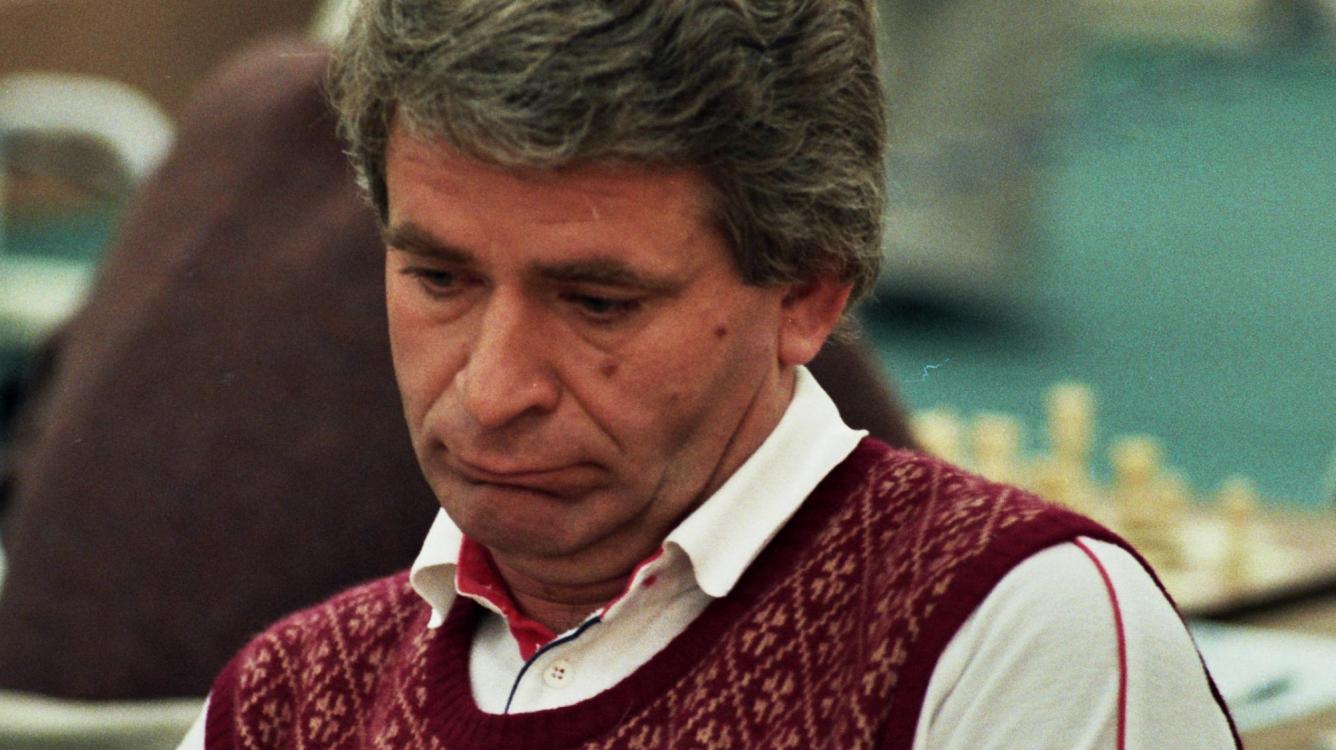
Boris Spassky And The Leningrad Variation
The 10th world champion, Boris Spassky, was a universal player with a wide opening repertoire. He mostly played classical openings with a healthy aggression. One weapon, which served him well throughout his career, was a rather surprising move: 4.Bg5 against the Nimzo-Indian, the so-called Leningrad Variation.
The Leningrad Variation is so named because of its connection with Spassky (who lived in Leningrad) and especially Spassky's trainer, Vladimir Zak, who introduced it to him.
This line has never been seen as a really serious challenge to the Nimzo-Indian. However, it is a good attacking move that confronts Black with quite a number of unusual problems. While Black has a number of ways to meet it -- leading to either wild tactics or blocked, strategic positions -- there is poison in the resulting positions. In fact, the wide choice proves to be a problem, along with the fact that most players meet 4.Bg5 fairly rarely.

It is very easy for Black to overdo his attempts at counterplay, leaving his position exposed and his king vulnerable. Spassky won a great many fierce attacking games in such a way. At the same time, there are positional dangers in the solid systems, where Black might fall into a serious bind. In fact, the Leningrad Variation if full of rich positional themes.
Spassky's record with this variation was nothing short of phenomenal. In the database, I count 18 wins, 12 draws, and only one loss (to Mikhail Tal). Among his opponents were, of course, the best players in the world.
In an early game, Spassky beat Vassily Smyslov with his favorite variation. This game followed a typical pattern, where it turned into a kind of Benoni position. On the surface it looked fine for Black, but there were problems because of the misplaced bishop on b4. Ultimately, White's center advanced powerfully, and allowed an attack on the kingside:
A typical example of when Black went overboard trying to counterattack, leading to an exposed position, occurred in the game Spassky-Golumbek. As is often the case, the advance ...g5 proved to be a fatal weakness.
Here is a lightweight but very aesthetic victory over a much weaker player:
Spassky used the 4.Bg5 move -- not exclusively, but frequently -- from the beginning of his career until the end. Even as late as 2001 he managed to defeat former world championship challenger Nigel Short in a rapid game. In a long maneuvering struggle, Spassky managed to show the advantage of the two bishops even in a very blocked position, a typical element of some positions arising from the Leningrad Variation.
Although you don't see the Leningrad Variation that much at the top level these days, it remains a good practical weapon, especially when not expected. The pawn sacrifice with an early ...b5 might have dampened the enthusiasm of some attacking players to take the white side, but 4.Bg5 is still one of the few ways to get an exciting, romantic-style game against the Nimzo-Indian.



